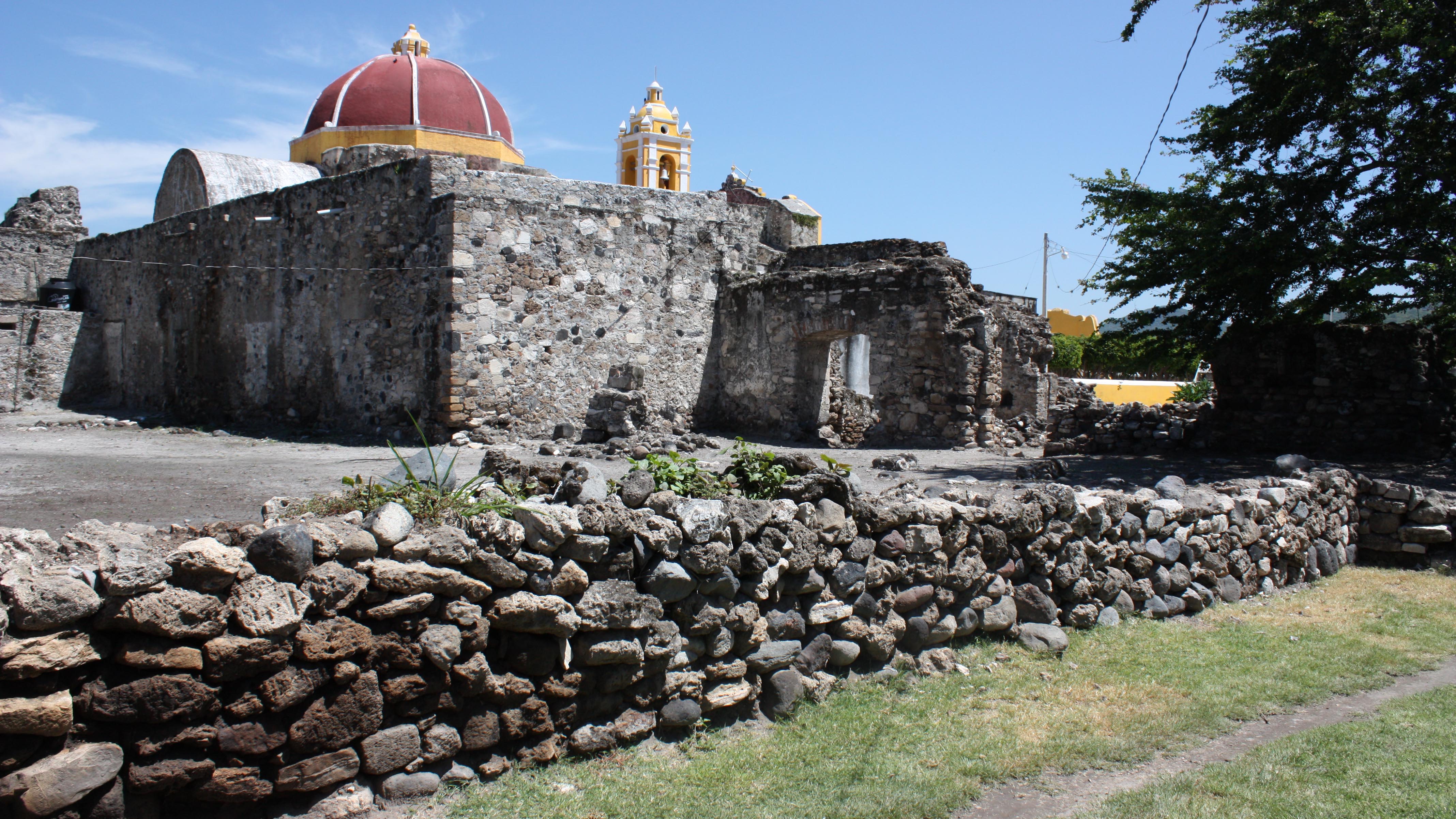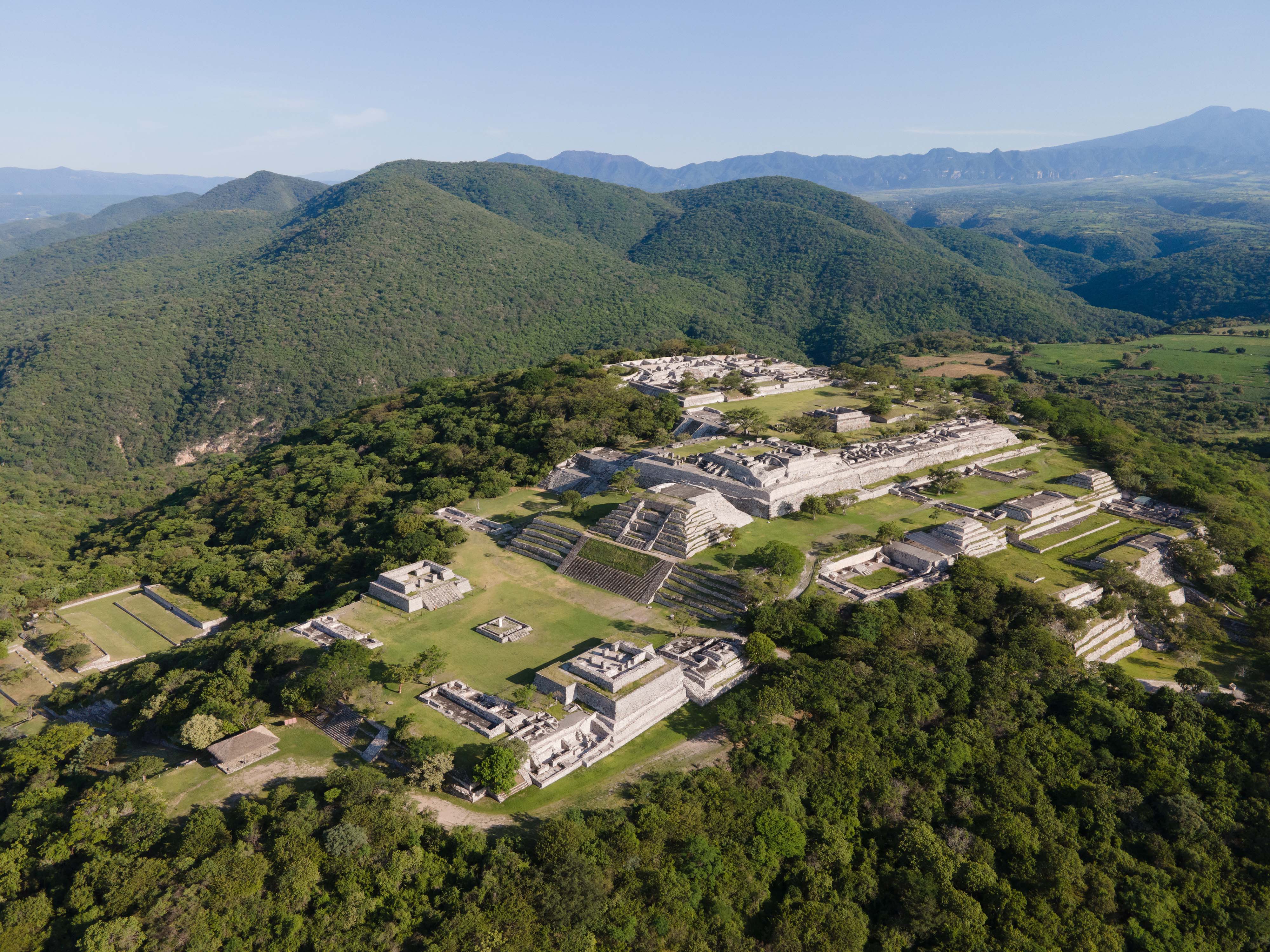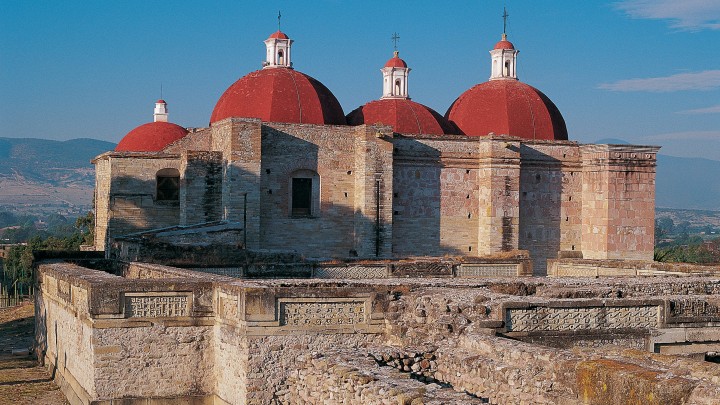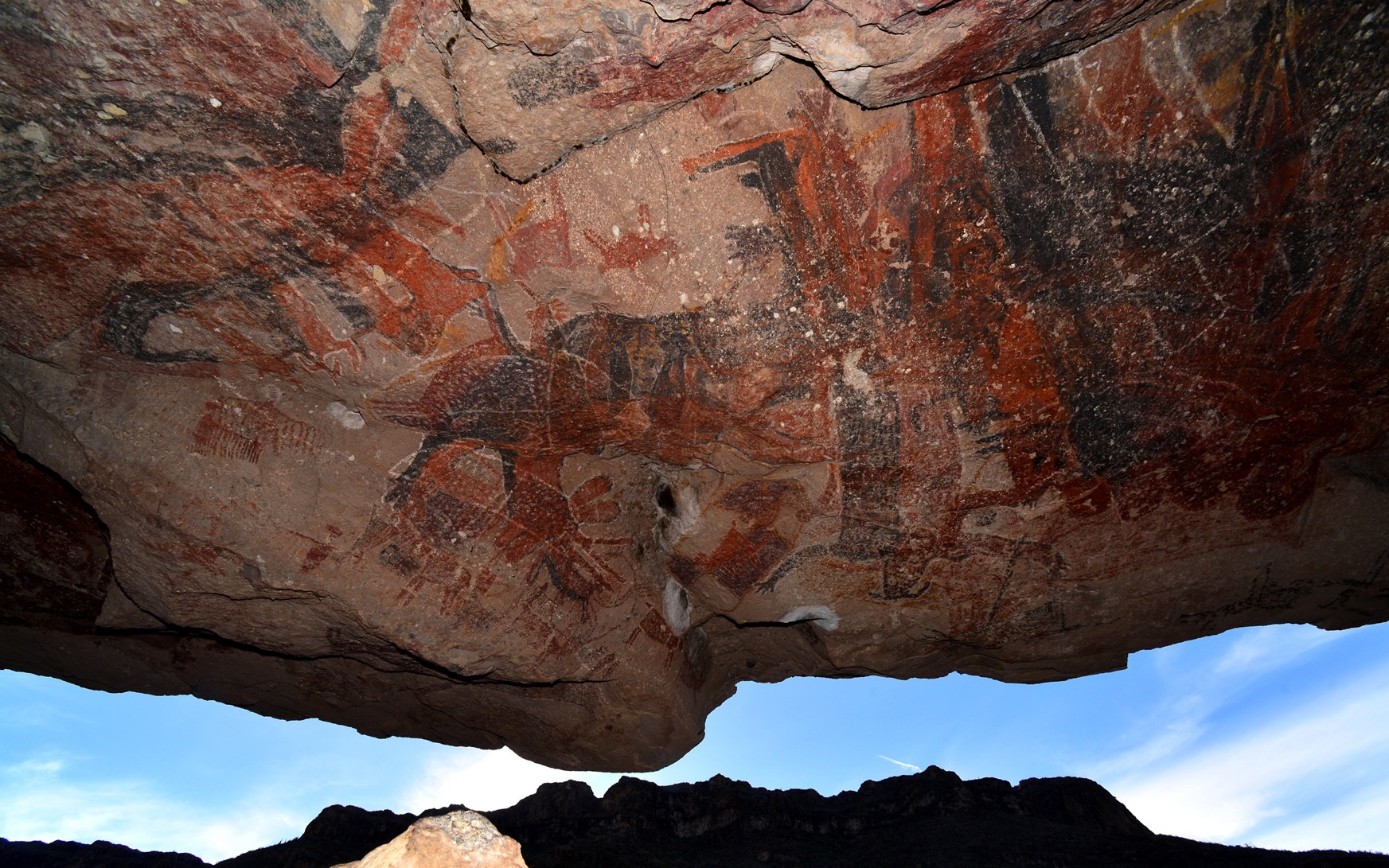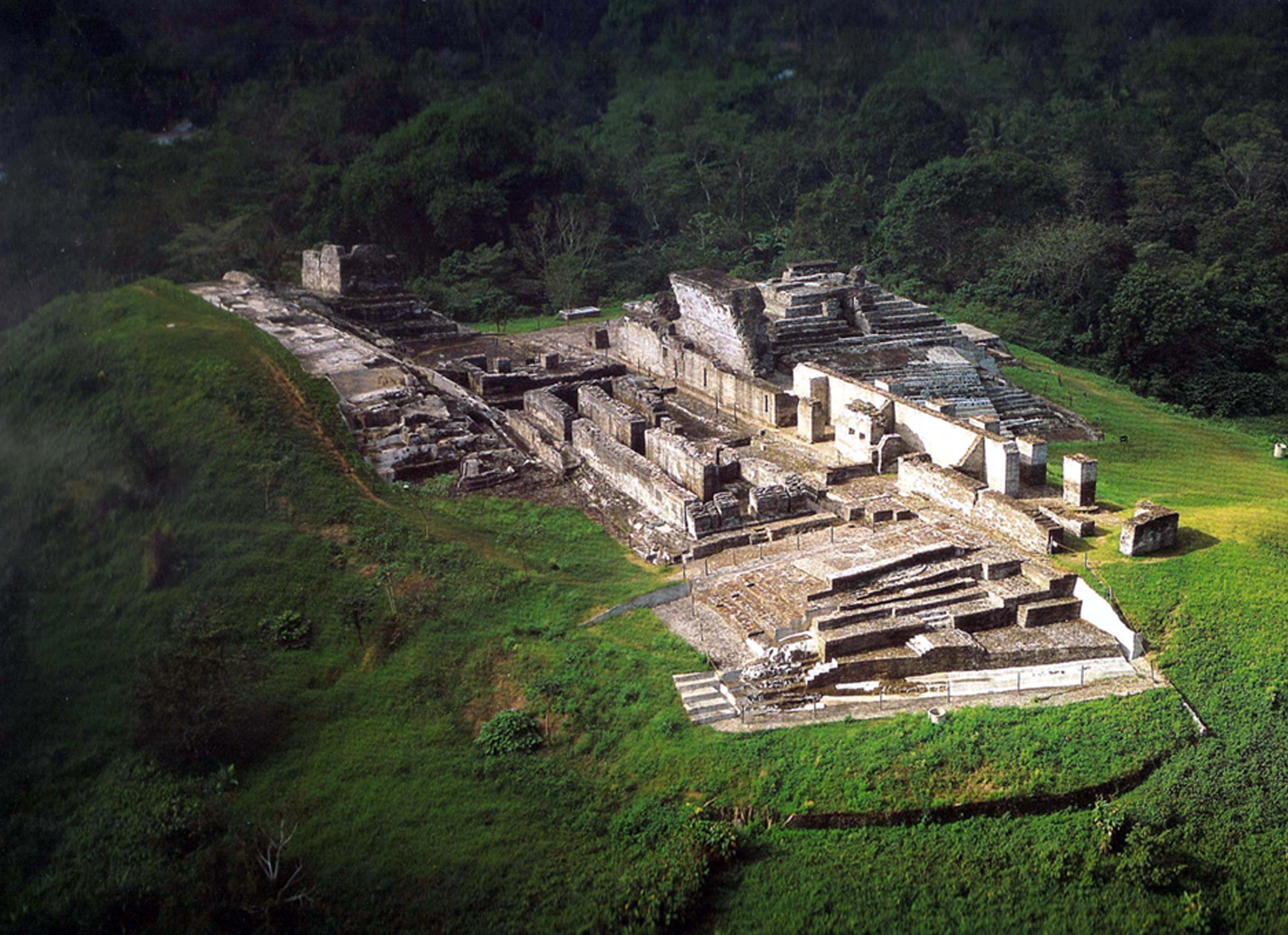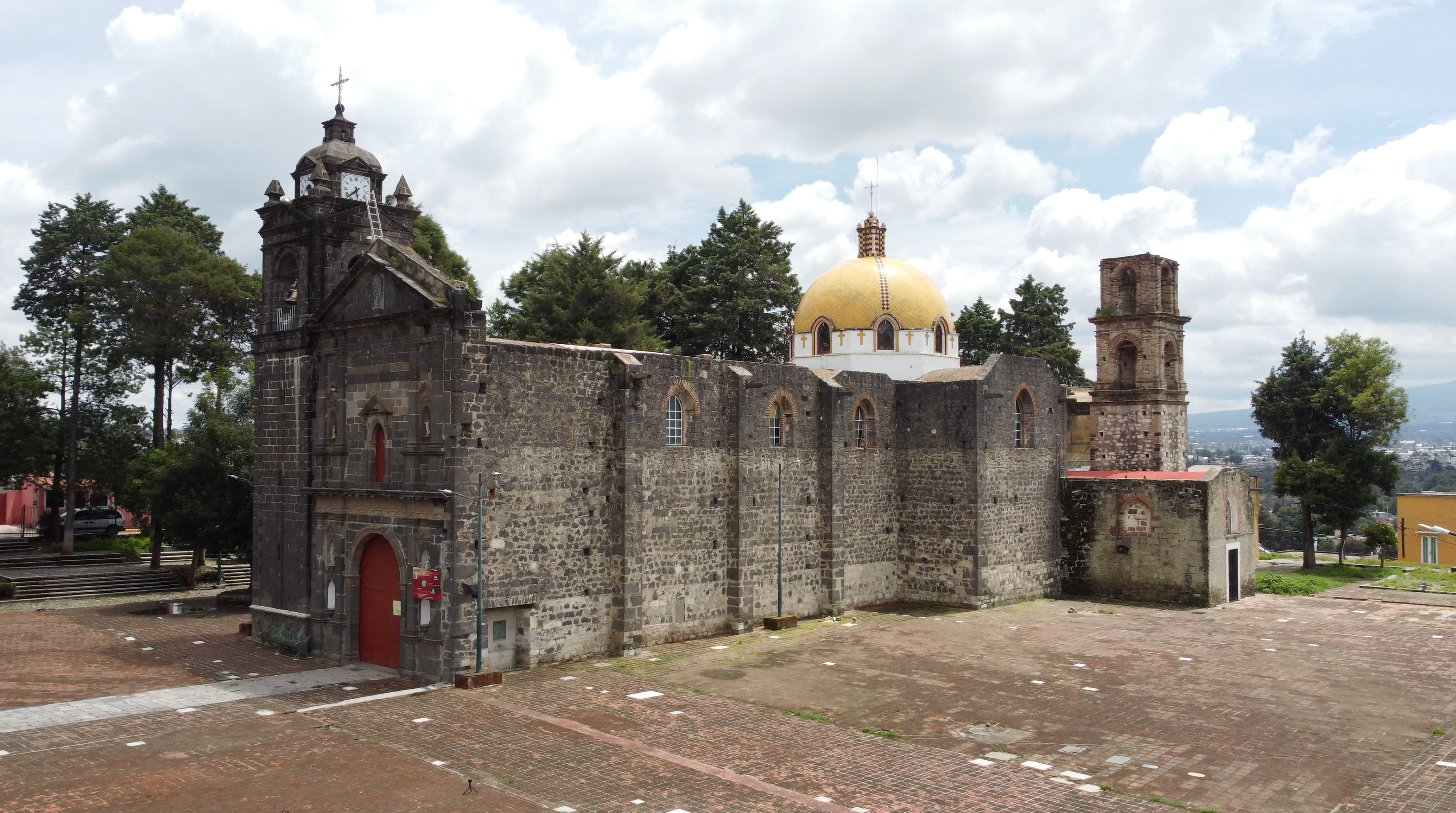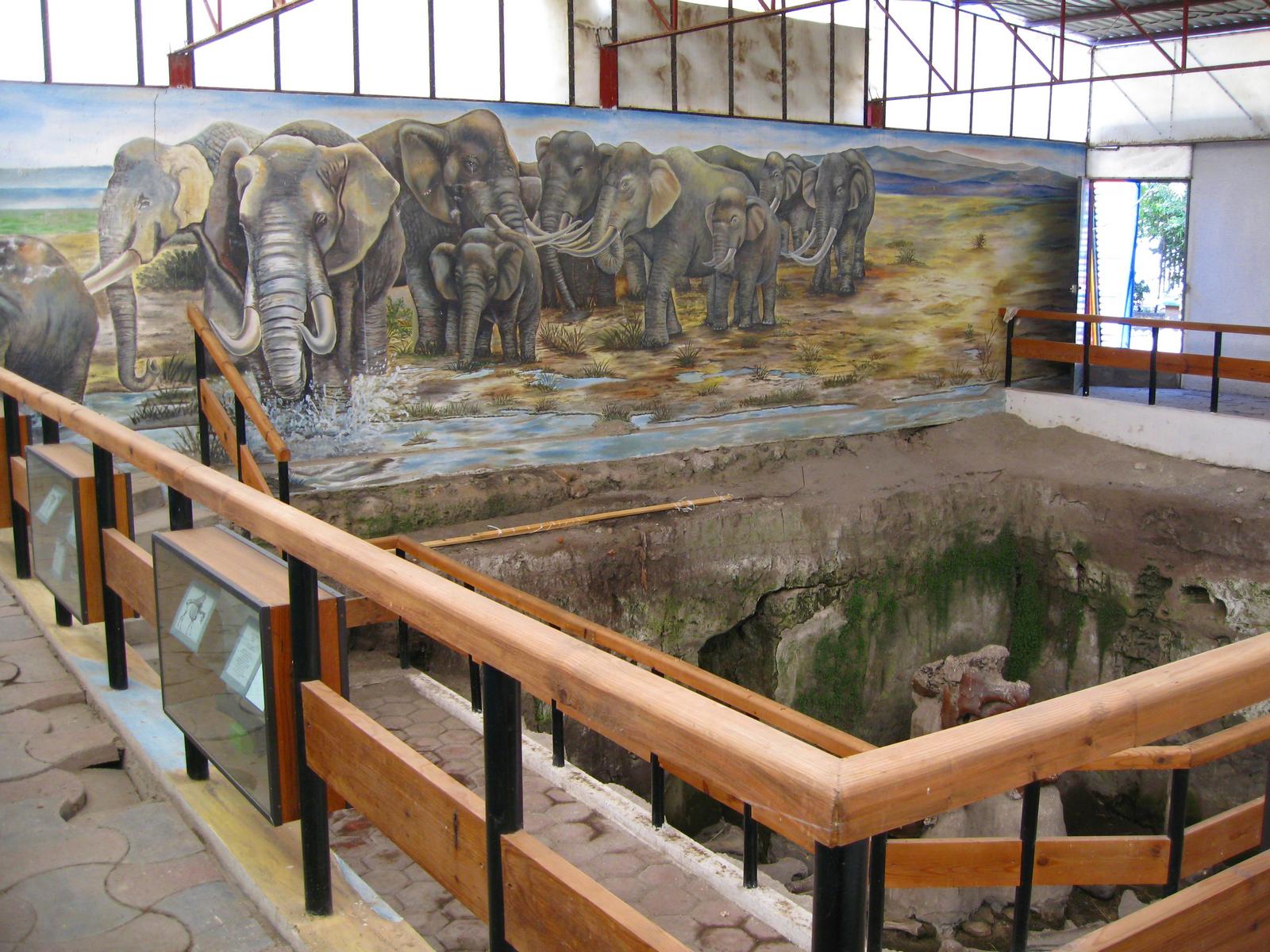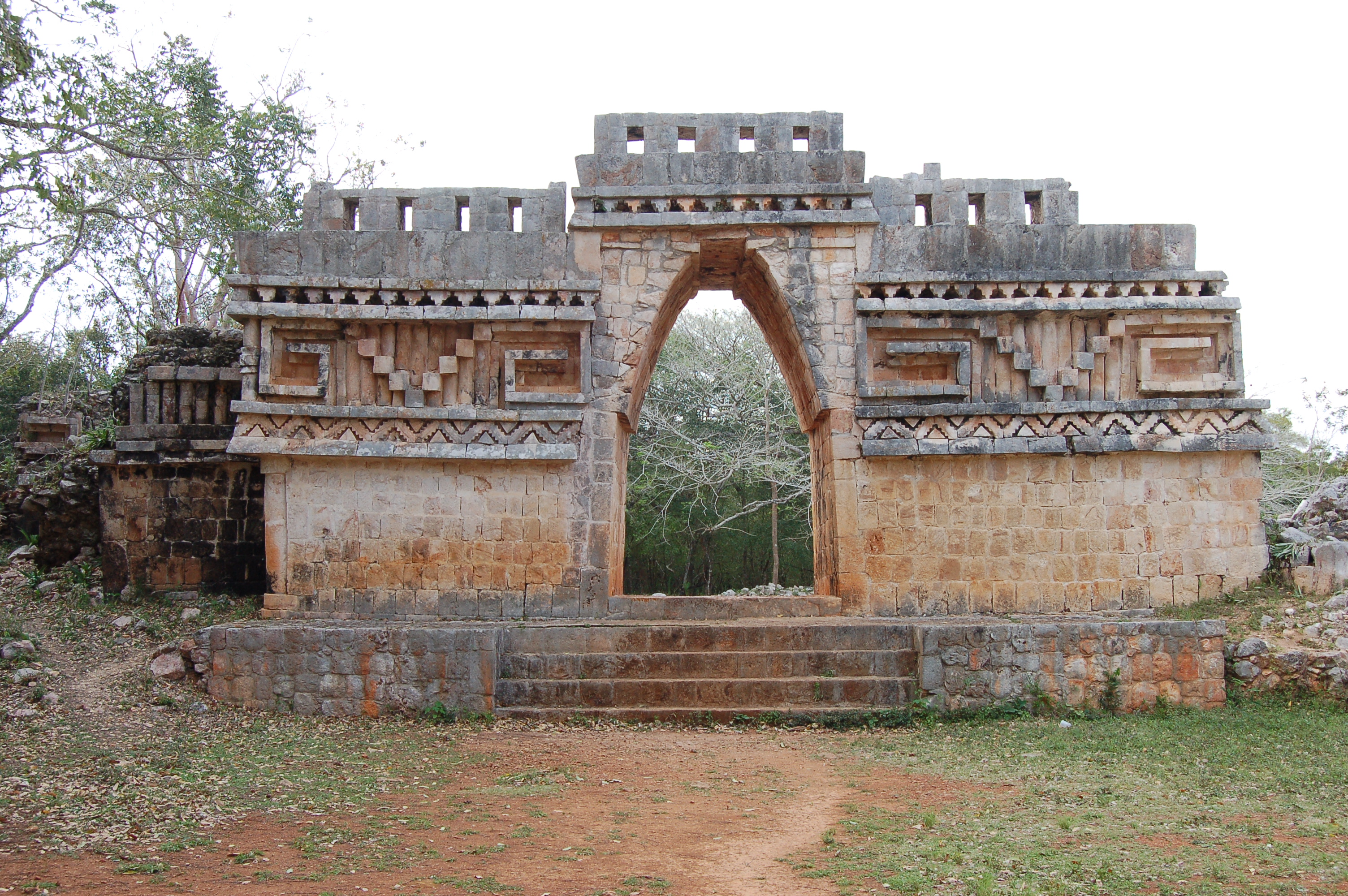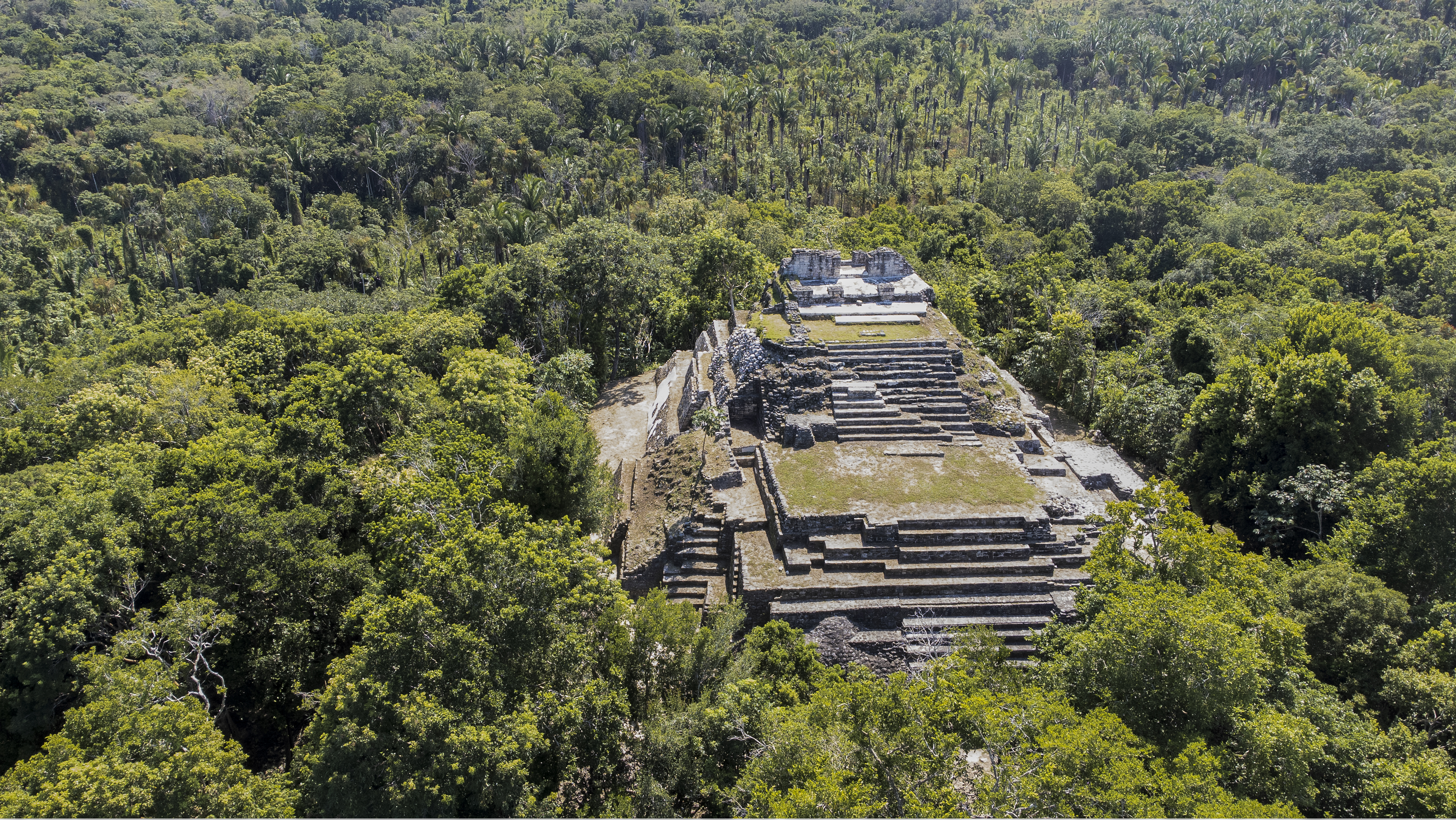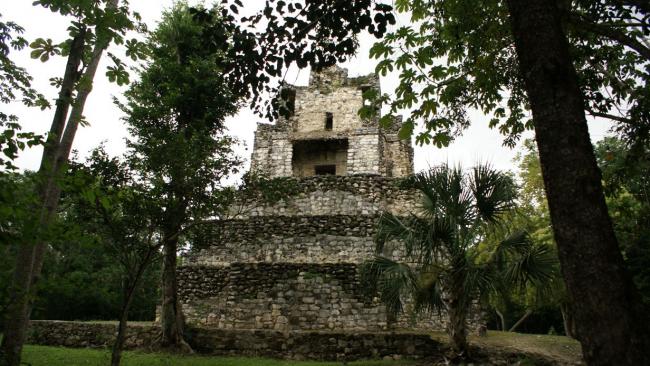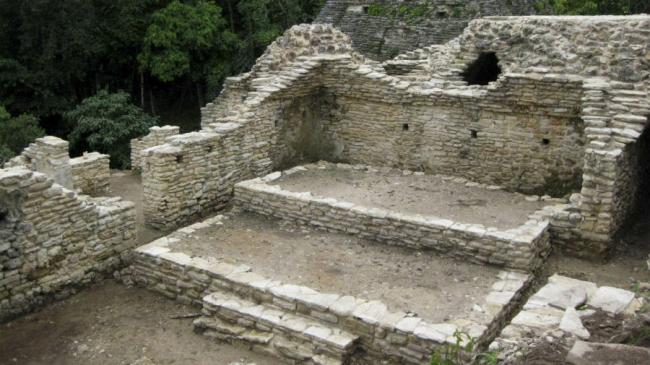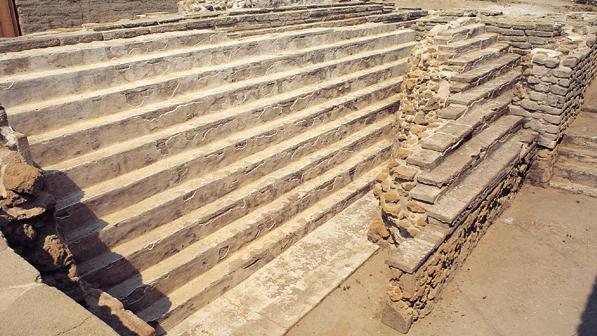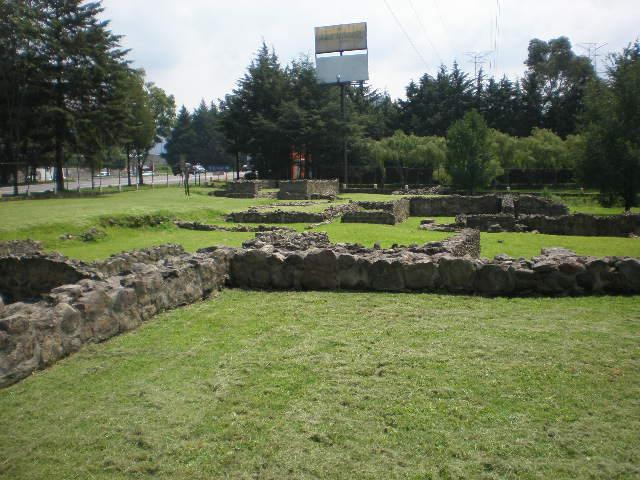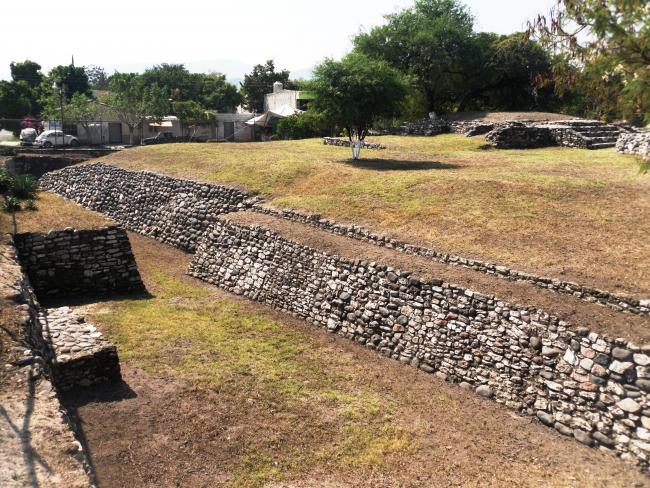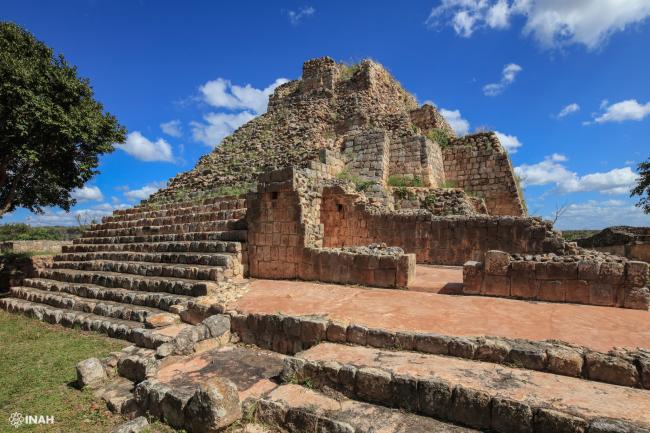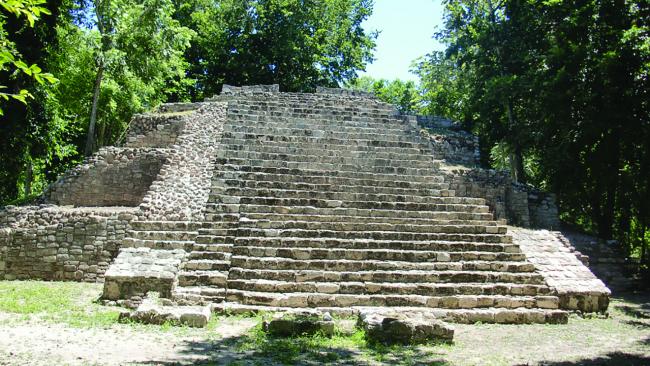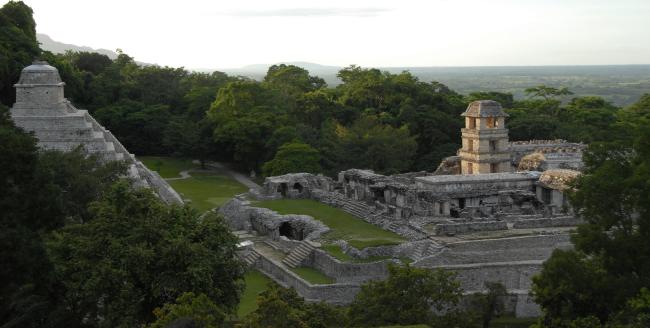
Zonas Arqueológicas
Mixcoac
Situated to the southwest of Mexico City and contemporary with the Mexica people and Mexico-Tenochtitlan. The site has been continually excavated, restored and managed for more than 100 years, surviving the urban expansion of recent times.
Monte Albán
The great Zapotec capital, on the flattened top of a group of hills, where the populace lived on the hillsides. Marvellous monuments, burial sites, ceramics, gold jewellery and fine stones. A rival of Teotihuacan, it was invaded by this empire, but survived to leave this amazing legacy.
Moral-Reforma
From a small village it developed into an important point of control for the trade between Petén and the Gulf coast, via the river San Pedro in Tabasco, over a period of 1,700 years. Splendid walled pyramids and filigree inscriptions testify to its alliance with Calakmul and Palenque.
Muyil
An important coastal city, inhabited since the fifth century BC, with impressive architecture related to that of El Petén in Guatemala, of temples erected with intricate arrises. It was of great importance in the trade between the peninsula and the Gulf coast. It had contact with Chichen Itza…
Nadzca'an
Surrounded by thick jungle, this city was discovered in 1993 and little is known about it. The great number of buildings, as well as their size, are proof of the importance it attained. It is remarkable that a great many stelae were found inside the structures.
Ocotelulco
The remains of the most important Tlaxcalan fiefdom at the time of the arrival of the Spanish. In the remains of a small temple we can see an altar with polychrome decoration, an area of flint stones surrounding a large burning brazier, upon which lies the figure of Tezcatlipoca.
Ocoyoacac
Possibly inhabited by immigrants from Teotihuacan, this architectural complex is made up of clusters of very simple rooms.
Olintepec
This site was inhabited from 1500 BC up to the seventeenth century, serving as the center of government of the region, in one of the most fertile parts of the present-day state of Morelos. A great plaza and two sixteen-foot-high platforms testify to its past splendor.
Oxkintok
This site offers calendar inscriptions, beautiful stone columns of anthropomorphic design, stelae, pyramids, a labyrinth which is scary to get lost in and a secret door to the underworld. Oxkintok is little known although it is one of the most important and longest occupied Mayan settlements in…
Oxtankah
The largest and most important city of Chetumal bay. Its inhabitants were skilled navigators who paddled their canoes along the canals of the region and ventured into the Caribbean to trade. As well as the numerous structures, they built wells and “chultunes” (cisterns) for the supply of fresh…
Pahñú
With an extraordinary view of the Mezquital Valley, Pañhú was contemporary with Teotihuacan, but developed separately and survived 400 years after the fall of the great metropolis. Little known, its study could help us to understand the origins of the Otomi groups.
Palenque
A dazzling city (400 – 900 AD), it lay hidden in the jungle for many centuries, and was the seat of the powerful dynasty of king Pakal. It is home to fabulous temples, palaces, plazas, tombs, sculptures, and hieroglyphic inscriptions telling the history of the place. It was declared a World…

